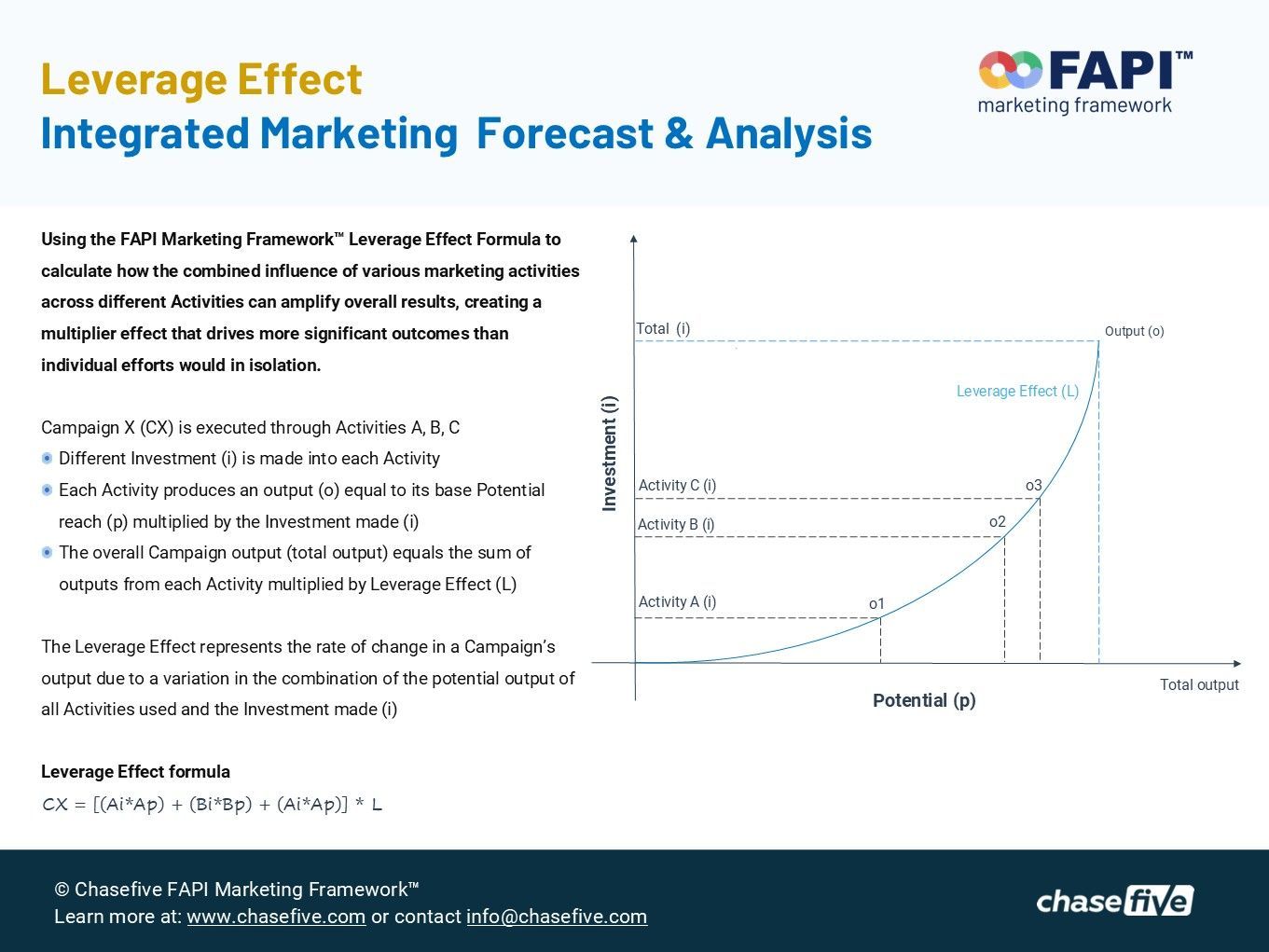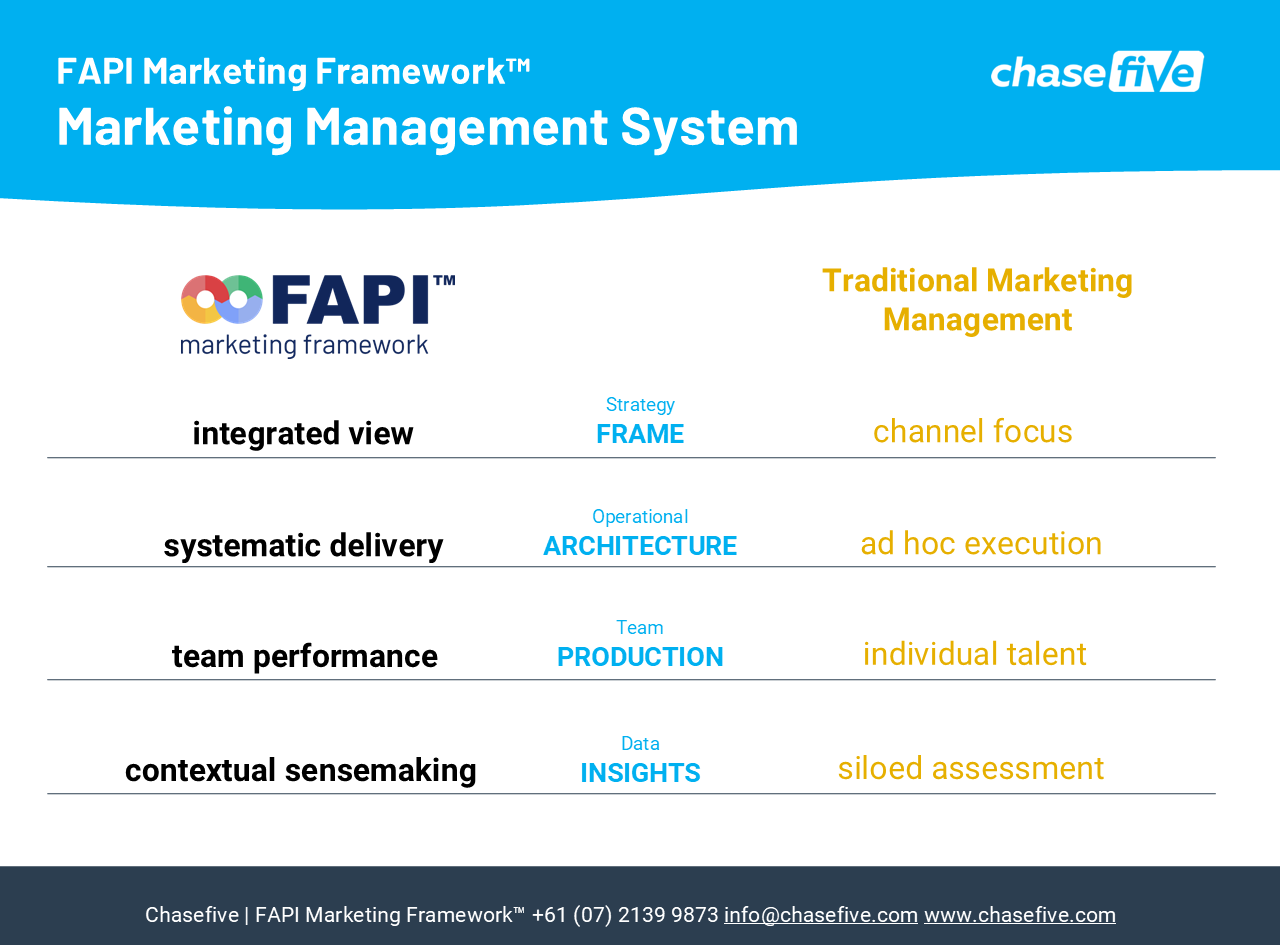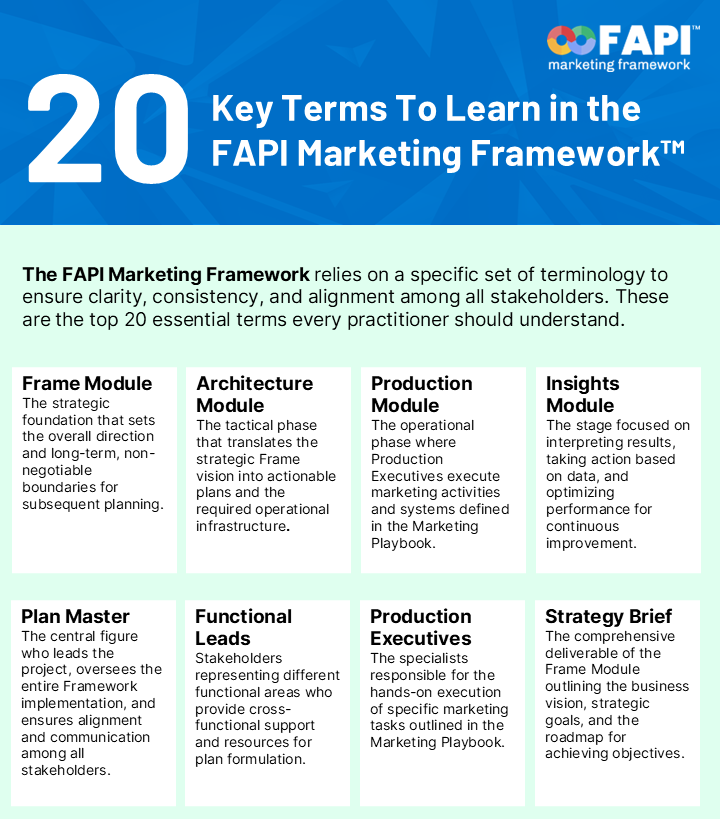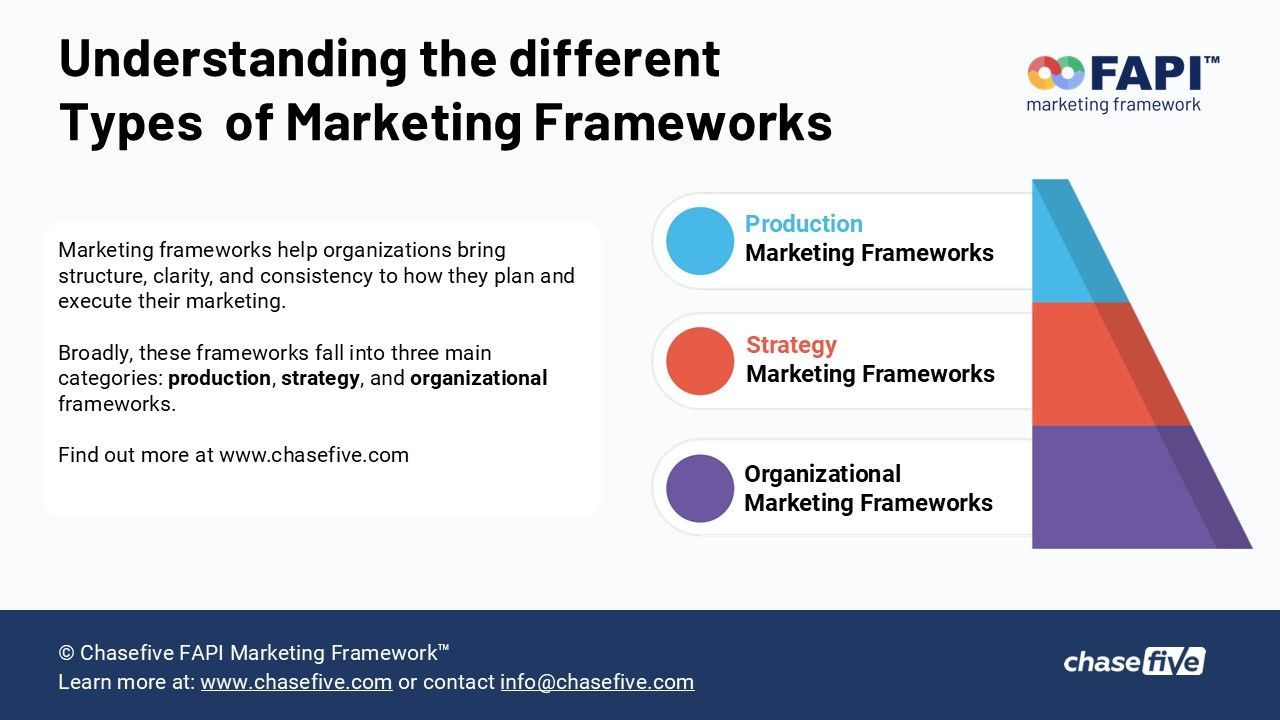Marketing Performance Leverage Effect. Modeling Synergy Across Marketing Channels
The FAPI Marketing Framework—a comprehensive methodology for strategic marketing deployment—culminates in the Insights Module, which focuses on data-driven decision-making and continuous optimization.
A critical concept in this module is the Marketing Leverage Effect, first introduced in the Architecture Module for forecasting campaign outcomes. The Leverage Effect highlights how multiple marketing activities across diverse channels interact and influence one another, producing a collective output greater than the sum of individual efforts.
In the Insights Module, understanding the Leverage Effect is essential for accurately interpreting actual campaign performance, especially when assessing correlations between user-journey stages. By analyzing these interactions, organizations move beyond isolated metrics and derive actionable recommendations from a holistic view of how marketing investments work together.

Key Components of the Diagram
- Potential (P): The base reach or impact of a single marketing activity—the intrinsic ability of an activity (e.g., a social post or an ad) to influence an audience.
- Investment (I): The financial or resource input allocated to each activity (A, B, C). As investment increases, output typically increases.
- Output (O): The result generated by each individual activity. It is calculated by multiplying the activity’s base potential (P) by the investment (I):
O=(P∗I). The diagram shows that the individual outputs of activities A, B, and C are
o1, o2, and o3, respectively.
- Leverage Effect (L): The synergistic multiplier representing the effect of all marketing activities working together. Rather than simply adding individual outputs, the combined effect is greater than their sum. This is depicted by the curve on the graph, which shows a disproportionate increase in total output as overall potential and investment grow.
- Total Output: The final campaign result is the sum of the individual outputs multiplied by the Leverage Effect (L). The diagram provides CX=[(Ai∗Ap)+(Bi∗Bp)+(Ci∗Cp)]∗L, which simplifies to CX=(o1+o2+o3)∗L. This demonstrates that total output is not just additive; it is amplified by leverage.
Core principle of the FAPI Marketing Leverage Effect
An integrated, coordinated marketing strategy is more powerful than a series of isolated efforts. By thoughtfully combining different activities (A, B, C), teams create synergy that “leverages” the collective effort, producing a much larger result than simply adding the individual outputs. This advocates for strategic planning and coordination to maximize return on marketing investment.
Non-Linear Growth
In the FAPI Marketing Framework, the “Leverage Effect” is not merely a simple multiplier; it operates as a compounding force that amplifies output as total investment and potential increase. Unlike a linear relationship—where returns grow proportionally to effort—this effect produces increasing returns. When marketing efforts and their potential reach are aligned and synergistic, they generate powerful momentum. This synergy, represented by the leverage exponent
k, means the combined output of all activities far exceeds the sum of their individual results. The curved line in the diagram illustrates this non-linear growth: small initial investments yield steady returns, while larger, coordinated efforts unlock a disproportionately higher total output, creating a compounding return on investment.
Learn more in the FAPI Marketing Framework Academy portal. Register free.







